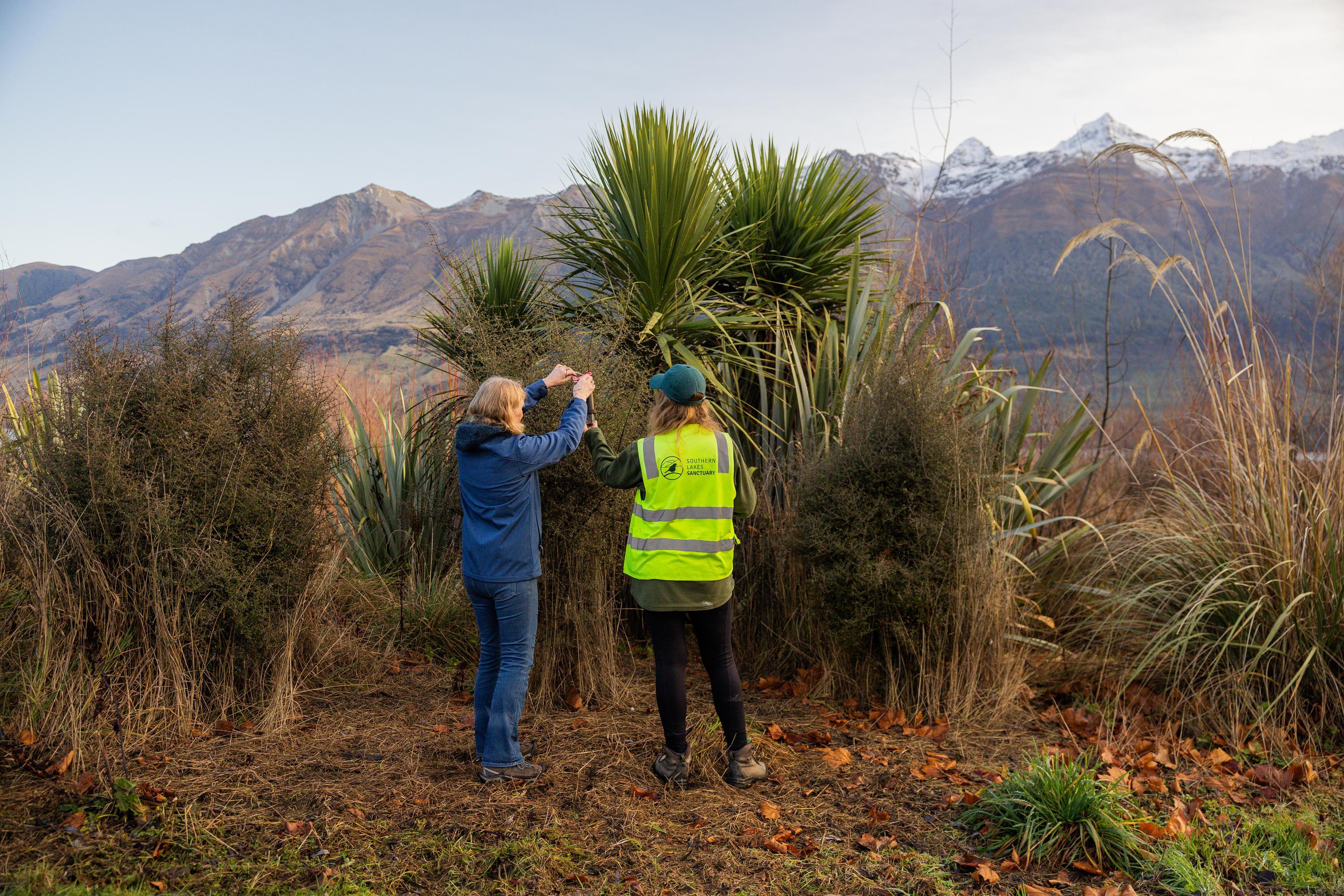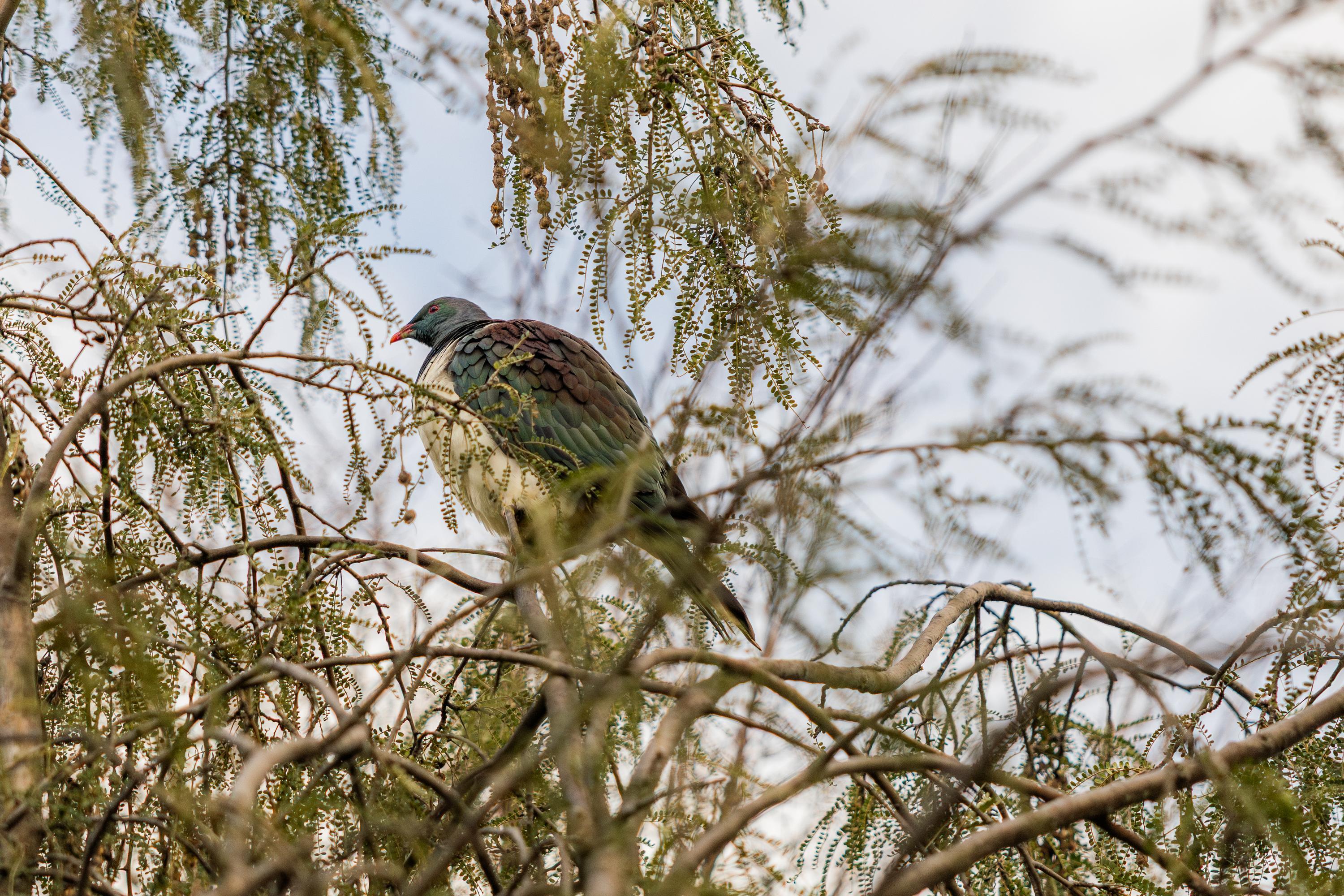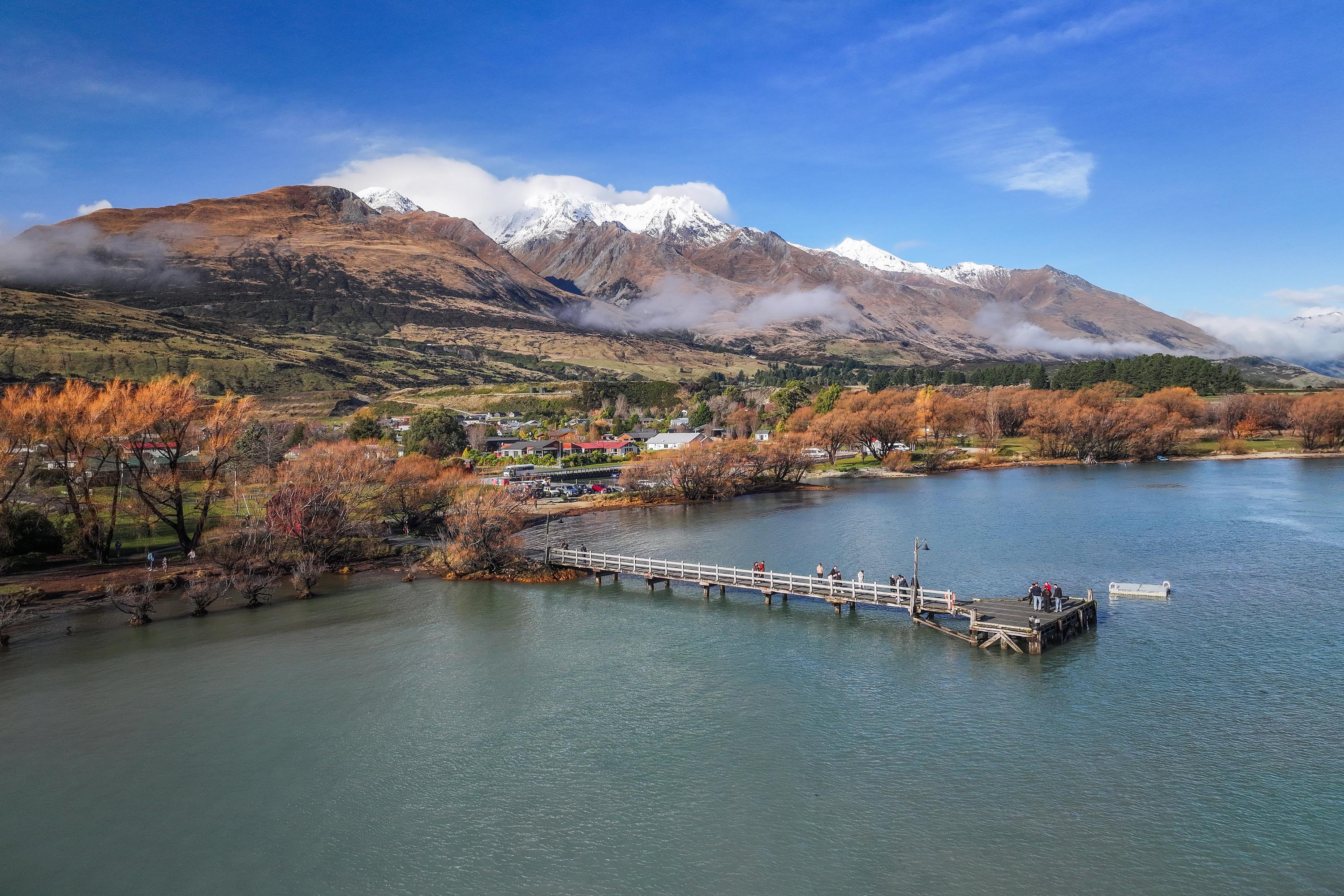Above image credit: Corrine Davis
The Tāhuna Glenorchy Dark Sky Sanctuary is one of only 23 International Dark Sky Sanctuaries worldwide – and the first inland mountain sanctuary in Aotearoa. It offers a rare chance to experience the stars from rugged mountain tops, mirrored in alpine lakes, or from a quiet spot among the tussocks.
Covering more than 200,000 hectares, the Sanctuary spans the traditional Head of the Lake – from Mt Creighton Station through to Elfin Bay – following the Dart and Rees Rivers into the heart of Mt Aspiring National Park. Tracks like the Routeburn, Rees–Dart and Greenstone–Caples all fall within its borders.
.jpg)
Beyond the beauty of the stars lies a deeper purpose. The Dark Sky Sanctuary isn’t just about preserving the celestial – it’s about what thrives under its cover. In 2024, the community launched the Under the Cover of Darkness: Short-Tailed Bat Conservation Project, with support from an inaugural $6,345 Love Queenstown Impact Grant.
Originally aimed at detecting the elusive short-tailed bat in the Rees Valley, the project quickly evolved to include long-tailed bat monitoring, thanks to a collaboration with Southern Lakes Sanctuary and guidance from bat experts across the country.
“We like to think of [this partnership] quite poetically – the Dark Skies protecting the pristine night, and Southern Lakes Sanctuary protecting everything below,” says Chrissy.

With Love Queenstown’s support, the project team were able to purchase 10 acoustic recording devices (ARDs), deploying them in the Rees Valley and Glenorchy township in early 2025. And the results so far? Promising.
While short-tailed bats haven’t yet been confirmed, long-tailed bats were detected at all 10 locations, so there’s no giving up. Experts have encouraged the team to prioritise long-term population monitoring for long-tailed bats, with the potential to expand into lesser-surveyed terrain where short-tailed bats may still hide.

The confirmed presence of long-tailed bats has ignited community passion. In true Glenorchy spirit, locals declared 2025 “The Year of the Moth” – a creative initiative to support bat populations by increasing native plantings that attract moths, their favourite food source.
“It’s a win for all – except maybe the moths – but even they’ll have happy lives first” says Tāhuna Glenorchy Dark Skies Chair Leslie Van Gelder.
Workshops with the Moth and Butterfly Trust are planned for spring, and public awareness continues to grow through newsletters, community talks, and social media updates. The team is also looking at how this research can support wetland protection under the RAMSAR Convention, as many bat habitats overlap with important ecological zones.

With momentum building, the Tāhuna Glenorchy Dark Skies team is already planning for next season. A second funding application is in the works to purchase 15 more monitors, which would allow them to collect a statistically robust dataset and take their conservation efforts to the next level.
“This funding allowed us to do a very necessary piece of work that has never been done before… this year’s funding provided the foundation for saying ‘yes!’, and next year, we’ll build on it” says Leslie.
The project has grown into something more than a survey – it’s become a symbol of how a small community, inspired by the stars above and the creatures below, can drive meaningful change.

Watch the full video to hear from Chrissy and see how this remarkable project is helping protect the night – and everything that calls it home.
Want to be the first to know about future planting efforts? Sign-up for the Love Queenstown newsletter for upcoming volunteer opportunities, project updates, and more.